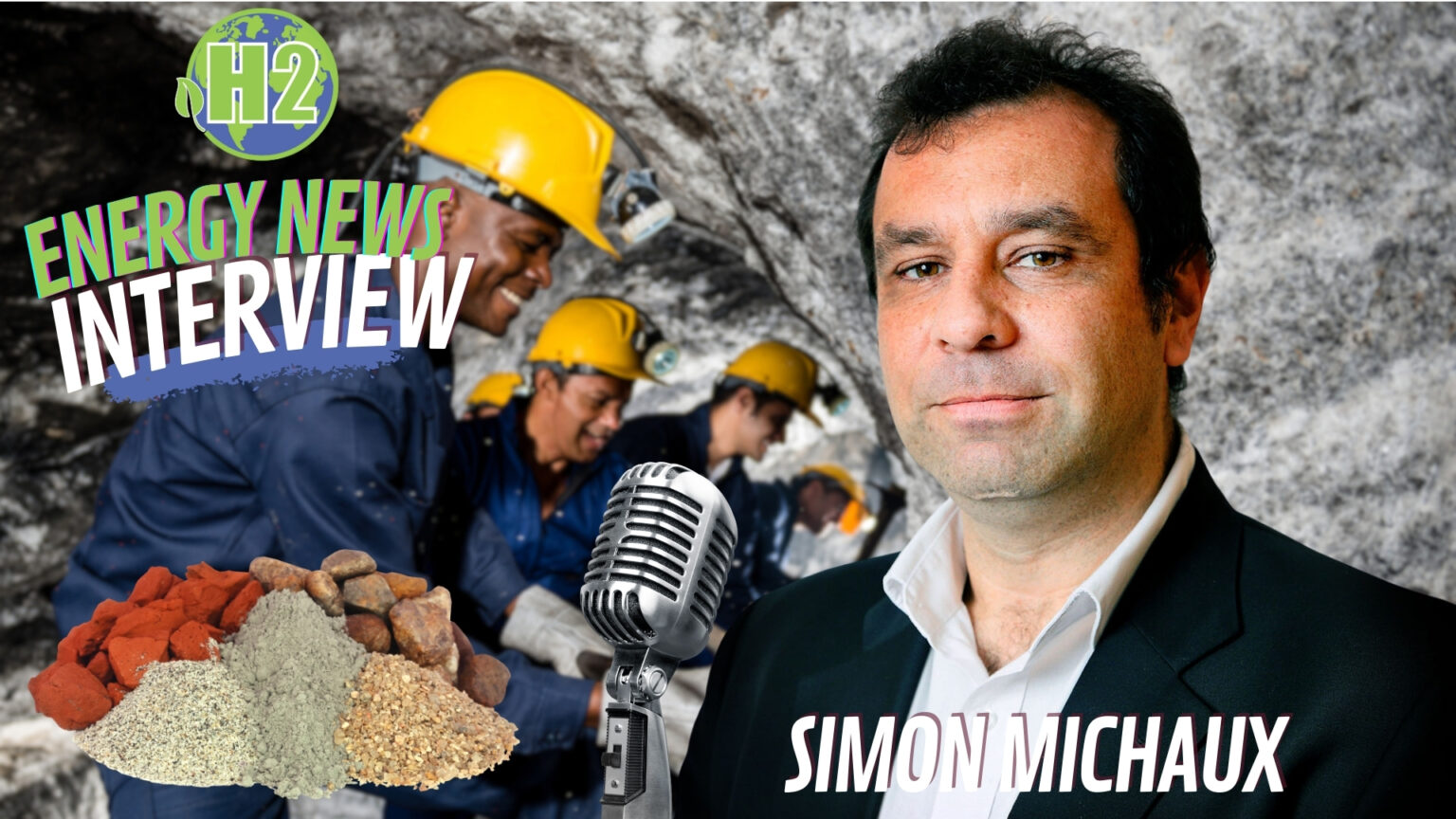The global push toward renewable energy is built on a foundational assumption: that we can seamlessly replace fossil fuels with greener alternatives. However, mining engineer and resource economist Simon Michaux says this premise may not hold water. The reason? We don’t have enough material resources to make it work.
WATCH THE FULL INTERVIEW
Consider this: transitioning to a fully renewable energy system would require staggering amounts of critical minerals, including lithium, cobalt, and copper. Current estimates show that global reserves of these materials fall far short of what’s required, and recycling offers only limited relief.
Material Shortages and Scaling Challenges
Renewable technologies—solar panels, wind turbines, and batteries—heavily depend on rare materials. For example, producing enough lithium-ion batteries to replace the world’s vehicles with electric models would require 12 times the lithium mined over the past three decades. Michaux highlights that these numbers remain unattainable in the short to medium term, even with aggressive mining and recycling.
Recycling, while essential, is not a panacea. The process of recovering metals is energy-intensive, costly, and limited by current waste streams. Michaux argues that we’re still decades away from developing a truly circular economy, and even then, it will depend on an energy system that doesn’t yet exist.
The Flaws in the Circular Economy Narrative
The circular economy is often presented as a solution to resource scarcity, but Michaux points out critical flaws. Recycling rates for many materials are currently too low to sustain industrial demands. Moreover, the circular economy cannot operate effectively without significant upfront investments in energy and infrastructure.
Michaux contends that the circular economy, while valuable, should not be the primary focus at this stage. Instead, we need to build resilient systems that can support such efforts in the future.
Introducing the Purple Transition
Michaux proposes a paradigm shift he calls the “purple transition.” This approach moves away from the centralized, large-scale renewable systems dominating current policy discussions. Instead, it emphasizes decentralized energy production, modular nuclear reactors, and iron-based technologies as scalable and practical solutions.
Modular nuclear reactors, for instance, offer a low-carbon alternative that can be deployed locally, reducing dependency on fragile global supply chains. Similarly, iron-based energy systems present a less resource-intensive option for storage and distribution.
Geopolitical Implications of the Energy Transition
The current race for critical minerals is also reshaping geopolitical landscapes. Countries with abundant reserves gain strategic leverage, while others risk economic and energy insecurity. Michaux warns that this dynamic could exacerbate global inequalities and spark conflicts over resource access.
As proposed in the purple transition, a decentralized approach could mitigate some of these risks by reducing dependence on international supply chains and fostering local resilience.
A Call for Realism in the Energy Revolution
Michaux’s analysis underscores the need for a more grounded approach to the energy transition. While renewable technologies remain essential, their limitations must be acknowledged. Policymakers, industry leaders, and stakeholders must embrace solutions prioritizing resilience, adaptability, and equity over idealism.
As currently envisioned, the green revolution is not equipped to meet the demands of a sustainable future. Michaux’s purple transition offers a pragmatic alternative that challenges us to rethink how we use our planet’s finite resources.





